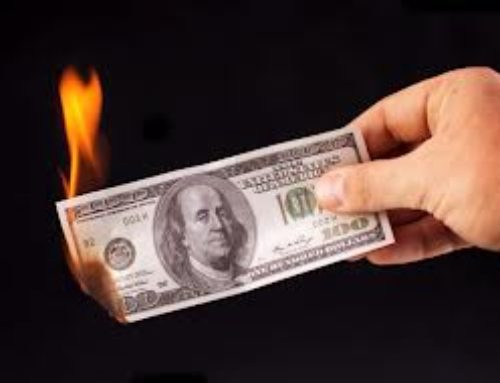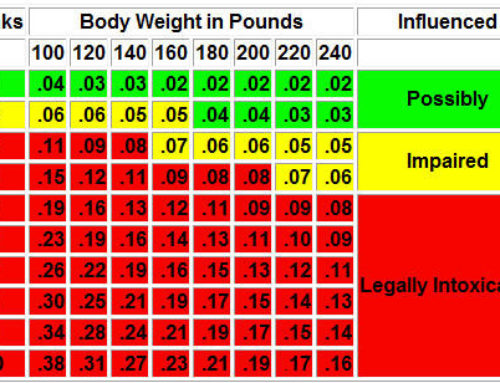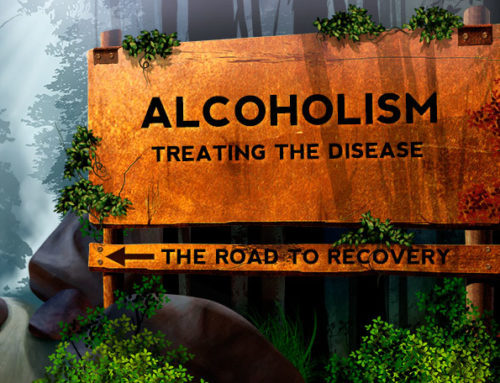Imagine you are living in 1920 and suddenly, no more booze. For thirteen years! That is the experiment that the United States government undertook when it prohibited the making, sale, and use of alcohol.
As we all know, prohibition did not mean abstinence – in fact, quite the opposite. By making alcohol such a “forbidden fruit”, prohibition enhanced the desire for its use in many people.
The price of alcohol on the market rose, the quality of the alcohol declined considerably (often to fatal levels), and organized crime took over the distribution and sale. The black market had a field day with prohibition.
Prohibition also brought on the first documented cases of severe alcohol poisoning and lethal doses in the United States. Because of the poor or dangerous quality of the alcohol on the market, and the desire to drink it if you got it, people consumed unusually large levels of alcohol in short time periods. During this time, cirrhosis of the liver became rampant, leading to high levels of alcohol-related deaths for decades to come.
Imagine if today alcohol suddenly became illegal. Of course it wouldn’t happen. The alcohol companies have far too much money to let that happen. But, if you put common sense aside, imagine if it did. Would our country be rid of alcoholism? Hardly. We would travel to Canada and Mexico and the Caribbean to get drunk. The Native Americans would set up drinking stations on their lands to cater to the alcoholics. The underground economy would flourish and someone who is now thought of as a home-brew geek would be a very rich man. Alcoholics will always find their booze, no matter what the cost to either their pocketbook or their body.
The point here is that alcoholism is a powerful force, one that our government was unable to control. If it is that powerful, you can’t tackle it on your own. ASK FOR HELP “800-559-9503”








Recent Comments